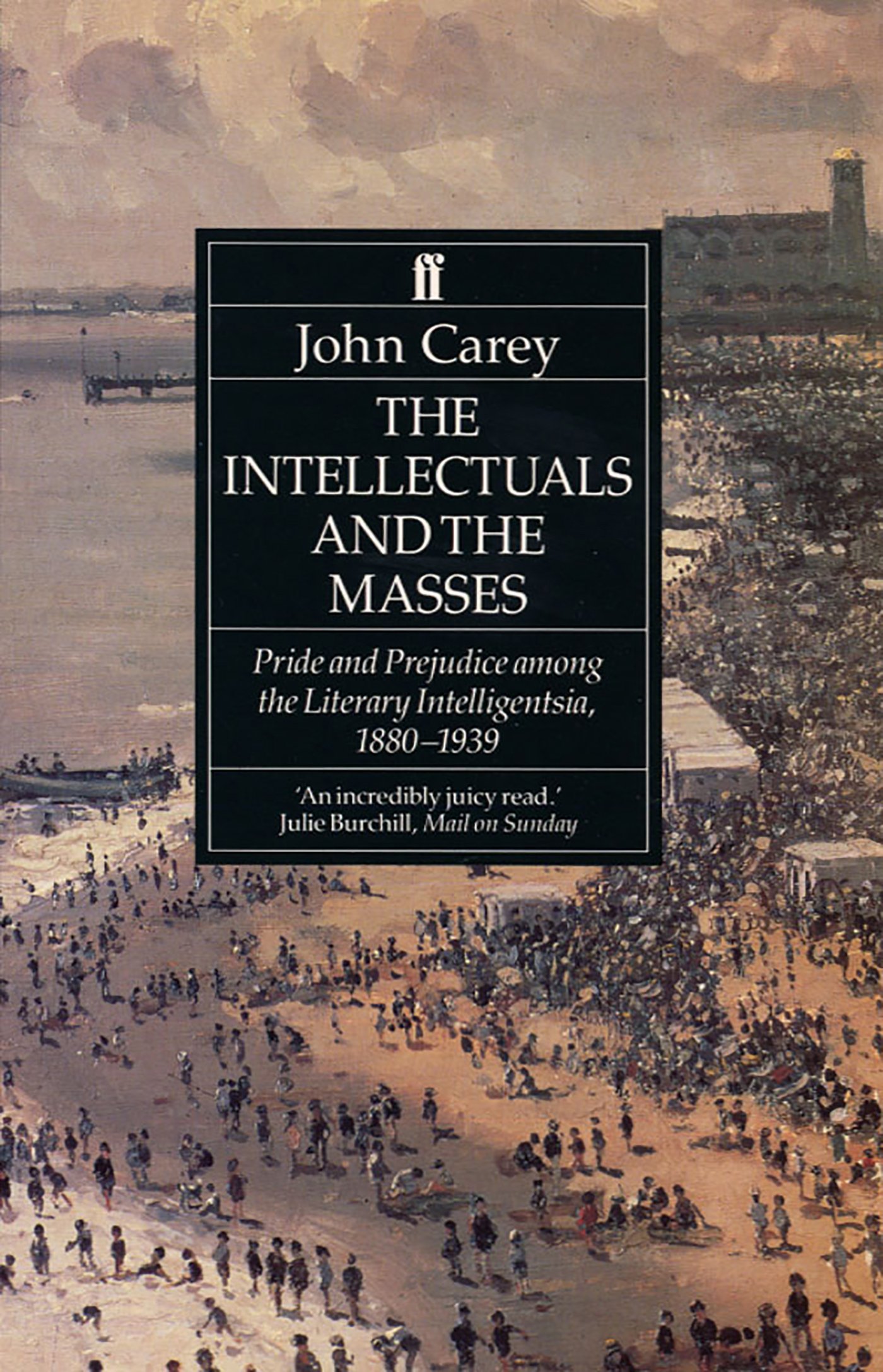This PS Pick originally appeared in The Lede, the weekly Pacific Standard email newsletter for premium members. The Lede gives premium members greater access to Pacific Standard stories, staff, and contributors in their inbox every week. While helping to support journalism in the public interest, members also receive a print magazine subscription, early access to feature stories, and access to an ad-free version of PSmag.com.


(Photo: Chicago Review Press)
John Carey’s The Intellectuals and the Masses: John Carey’s The Intellectuals and the Masses is one of my favorite books of criticism. Open it to any page and you’ll find a close, often withering analysis of a major modernist that also, inevitably, seems to have a direct bearing on the political news of our own day. That’s a testament to Carey’s achievement, because he completed the first half of the book nearly 30 years ago. The book first appeared with the weighty subtitle: Pride & Prejudice Among the Literary Intelligentsia, 1880-1939. But I recommend this (relatively slim) volume to a lot of people who normally don’t enjoy literary criticism—and who would normally be turned off by the subtitle—because Carey is so grimly funny in his criticisms of proto-fascist poets and intellectuals. He’s the rare academic polemicist whose burns illuminate almost as much as they singe.
Carey’s task in The Intellectuals the Masses is to expose and examine the anxieties and hatreds that cultural elites harbored toward a booming population that also happened to contain an unprecedented proliferation of readers. Intellectuals who feared this newly literate public (most intellectuals, in Carey’s account) tended to blame the implementation of universal elementary education in England; as George Bernard Shaw noted, “The Education Act of 1871 was producing readers who had never before bought books, nor could have read them if they had.” These readers posed a direct threat to the cultural primacy of the thinker-poets of Oxbridge and Bloomsbury, and they responded by circling the wagons. Modernist writing is frequently impenetrable, Carey argues, because it was a means of segregation.
Cultural elites since before the poet Horace have worried about how the masses might contaminate their work, but Horace didn’t usually offer political solutions to the problem. Many of these modernists did, and their solutions often involved genocidal fantasies, and Carey’s book thus suddenly becomes a lot bigger than literary criticism: Its subject is the rhetoric of dehumanization, and especially the impulse to valorize that dehumanization as morally and intellectually more serious than the humanitarian impulse.
Beginning with Nietzsche, whose genocidal enthusiasms served as the original red-pill for many 20-century conservative intellectuals, Carey goes on to clarify the reactionary tendencies of the obvious characters (Tory Catholic T.S. Eliot, eugenicist-mystic William Yeats, Nietzsche fanboy D.H. Lawrence, overt fascist Ezra Pound), but he also analyzes less obvious cases, including E.M. Forster and even avowed democratic socialist George Orwell: “Basically the trouble was that [Orwell] identified the masses both with freedom and with dirt. He believed in freedom, but dirt repelled him.” It’s perhaps unfair of me to quote just that line; his treatment of Orwell is thoughtful and evenhanded.
These days, the reactionaries of the West are still in the process of demonizing large populations of displaced people, and much as during the 1920s and ’30s, those reactionaries hold increasing political sway. Their rhetoric is one of contamination and supremacy, the sober cruelty of regrettable inevitability. “Life is more vivid in me, than in the Mexican who drives the wagon for me,” D.H. Lawrence wrote. America is saying more or less the same thing when it saves Houston but not San Juan, when it invites Norwegians to immigrate but denies passports to brown-skinned citizens. The Intellectuals and the Masses is a darkly funny book about deeply serious business.





